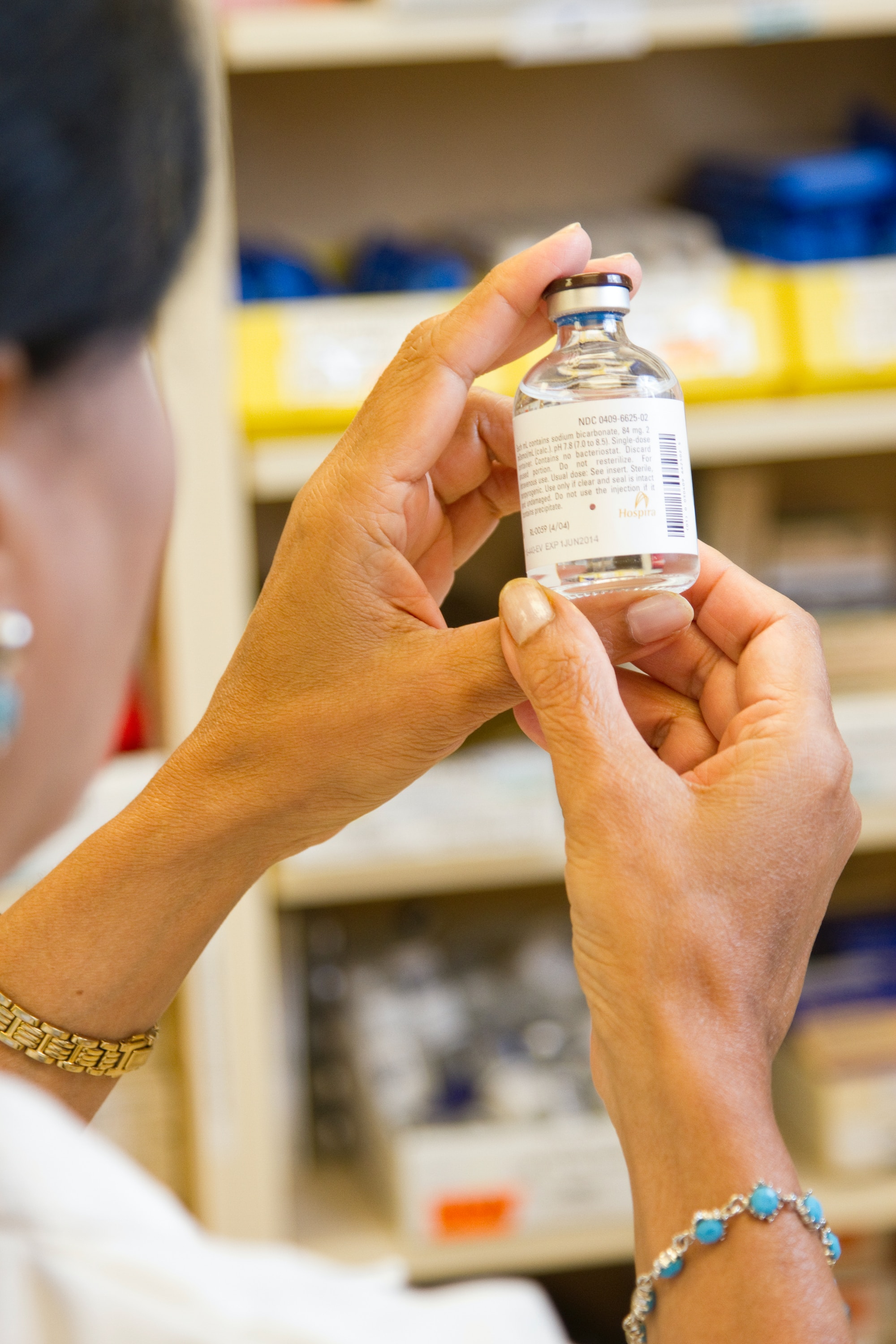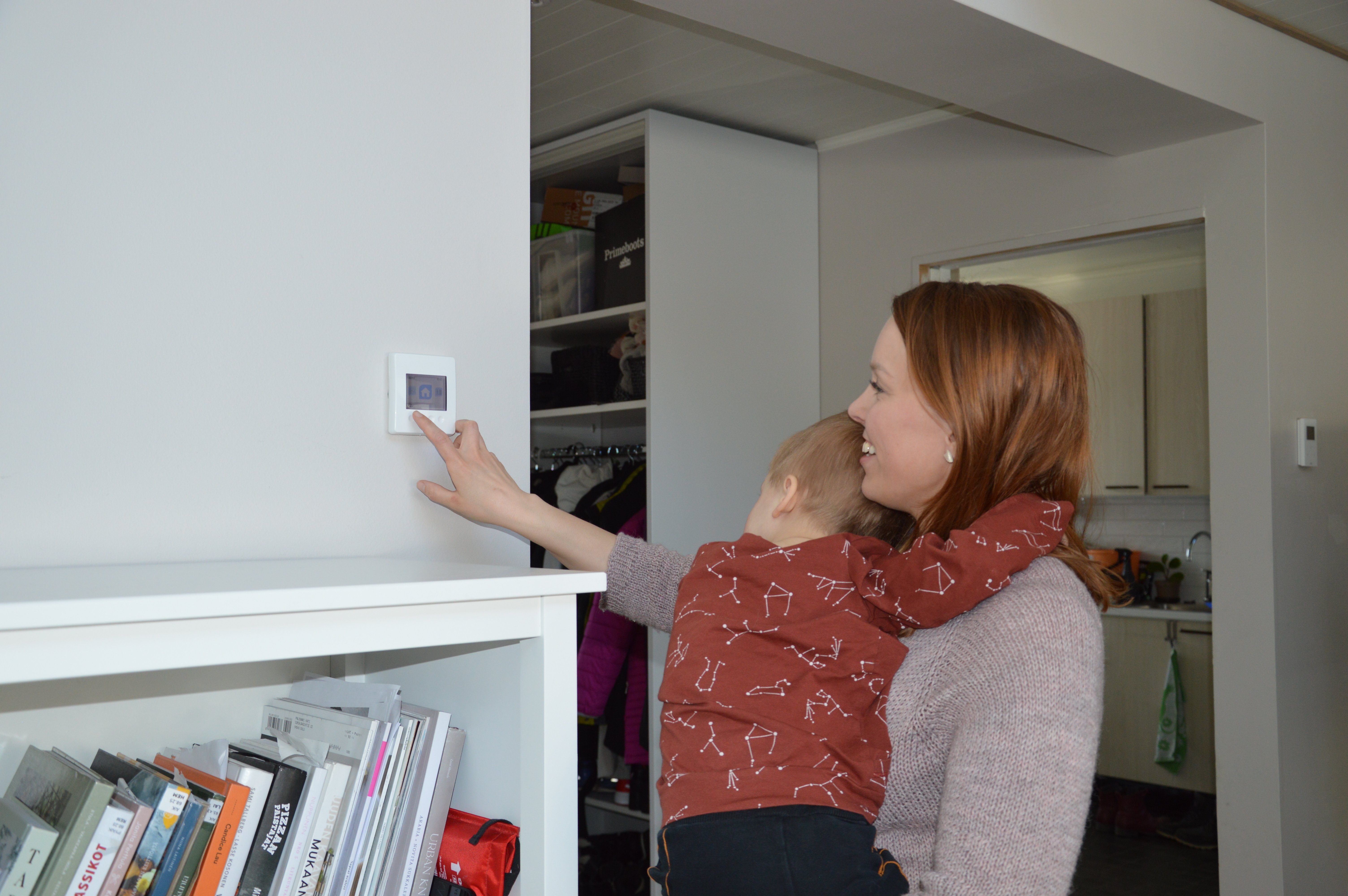Pioneering distributor of pharmaceutical knowledge
The Pharmaceutical Information Centre is a technology and expert company specializing in pharmaceutical information services and knowledge management. The cornerstone of the company is its belief in the healing power of knowledge: knowledge enables safe and effective treatment, to which everyone has a right. The Pharmaceutical Information Centre strives to ensure that the reliable information needed to heal people, develop competences and improve modes of operation are easily available. It also produces the national ePrescription Master Data database for Kela, the Social Insurance Institution of Finland, and manages the identification of medicines (Vnr service) in the Nordic countries. For more information, visit: laaketietokeskus.fi/en
The Pharmaca Fennica services of the Pharmaceutical Information Centre provide health care professionals with reliable and up-to-date information on pharmaceuticals and promote work efficiency and medication safety. The Pharmaceutical Information Centre modernized the backend of its pharmaceutical information management system which relays information to medical record and pharmacy management systems, among others. The end result was the Pharmaca Fennica Drug Information Service, which presents new avenues for building up the business and whose further development promises unforeseen flexibility.


Replacing the outdated system with a flexible one
The Pharmaceutical Information Centre’s old Pharmatin system had reached the end of its road and needed to be replaced with a new system that would be able to meet today’s standards. The data in the old system had to be transferred into the new one and material had to be entered in a new format.The new system was needed to replace the old one, which was getting cumbersome to use and technologically out of date. The Pharmaceutical Information Centre also wanted the new pharmaceutical information management system to be easy to develop further in case new requirements were to arise. Overall flexibility was another important factor that needed to be taken into consideration.
Increasing the digitalization rate of its business meant a big investment for the organization, which is why the company wanted to find the right partner to team up with. Vincit and the Pharmaceutical Information Centre quickly found an operating model and an approach that we were both happy with.
One of the keys to our success has been the professionalism of the Vincit team. They’re able to produce high-quality work even on a tight schedule and be flexible whenever flexibility is needed. We share our responsibilities and trust each other, which is needed, since they’re carrying out all the technical work. Our communication is effortless, too. The people at Vincit speak our language, and we don’t need to endlessly break down the assignments in order to make them understand what we’re getting at. That makes our job easier.
Päivi Gruzdaitis and Hanna Järvinen, Pharacists, Information Services, Pharmaceutical Information Centre Oy
Solution
When we started, most of the pharmaceutical information was stored in the system as long texts. The new system was equipped with an editor that could produce structured pharmaceutical information. Data that’s been divided into smaller pieces in this way is not only easier to maintain but also machine-readable, making it possible to set up automatic overdose warnings in medical record systems, for example. Using algorithms then allows the structured data to be turned into human-readable text.
The system also enables the production of new types of pharmaceutical information, thus allowing the business to expand into new areas. Pharmaceutical companies can now add support materials on the use of pharmaceuticals, including instructional videos, to Pharmaca Fennica. They will be delivered to health care professionals in connection with all other related pharmaceutical information.
In addition to software development, we carried out UX design and made sure that the interface of the Pharmaca Fennica Drug Information Service was streamlined and that the user experience was functional. Today, we continue to be responsible for maintaining and further developing the cloud-based system. The division of labor has been clear from the start: we take care of the technical development, while the Pharmaceutical Information Centre provides the specifications and the valuable pharmaceutical perspective and carries out user testing. Our mutual trust makes the work run smoothly.
Agile development methods have provided us with a set of working methods. Work on the Pharmaca Fennica Drug Information Service is carried out in flexible two-week sprints, leaving room for urgent tasks and changes. For example, production updates are done as planned when the time is right.
The pharmaceutical information can also be read on a mobile app, which we designed and provided the UI design for. The app is available for Android and iOS, with new features being introduced based on user needs. For example, the latest addition included information on availability problems and alternative medicines available. The app increases the availability of up-to-date pharmaceutical information not only for health care professionals but consumers as well.

Expertise used
Progressive and modern pharmaceutical information in a convenient format
The Pharmaca Fennica Drug Information Service is an essential part of the Pharmaceutical Information Centre. Managing the pharmaceutical information contained in the system allows the Pharmaceutical Information Centre to produce and develop digital drug information services. A functioning system that meets the needs of its users has propelled the company forward and made it possible for the company to plan for entering the international market.
The structures within the Pharmaca Fennica Drug Information Service, designed for the management of pharmaceutical information, also make it possible to expand the range of services. New functions and features hold the potential for more sales. The wide range of uses for the pharmaceutical information ensures that the system is able to provide premium services to health care professionals and can also be used in partner systems.
The maintenance of pharmaceutical knowledge still requires pharmaceutical expertise, but using a modern and intuitive system is guaranteed to save time. Thanks to the user-friendly interface, processing the detailed information is easier than ever.
The Pharmaca Fennica Drug Information Service is also part of the Pharmaceutical Information Centre’s image-building efforts due to the fact that it’s used not only by the company’s own employees but also pharmaceutical client companies. The system serves as a link between the workers of pharmaceutical companies and the Pharmaceutical Information Centre and has a significant impact on customer satisfaction.




